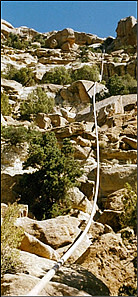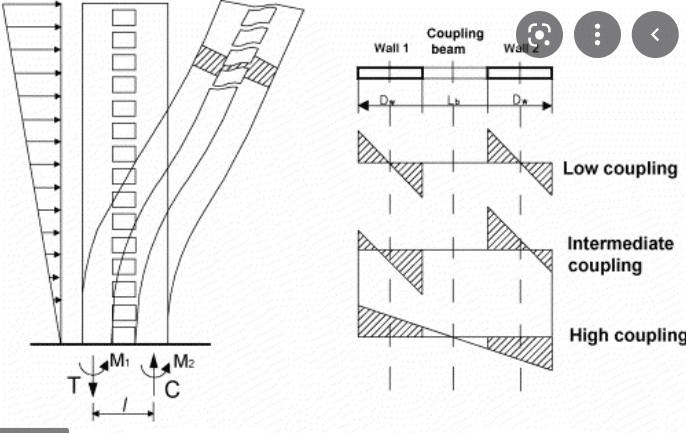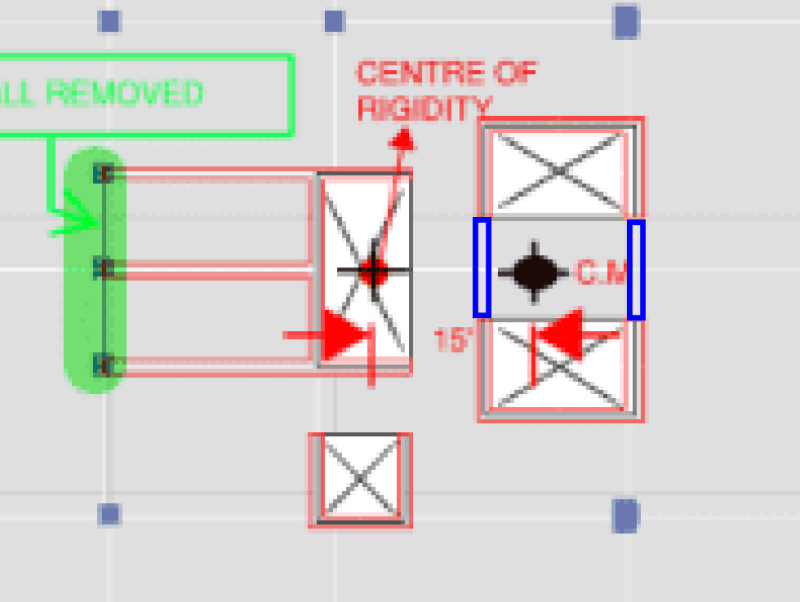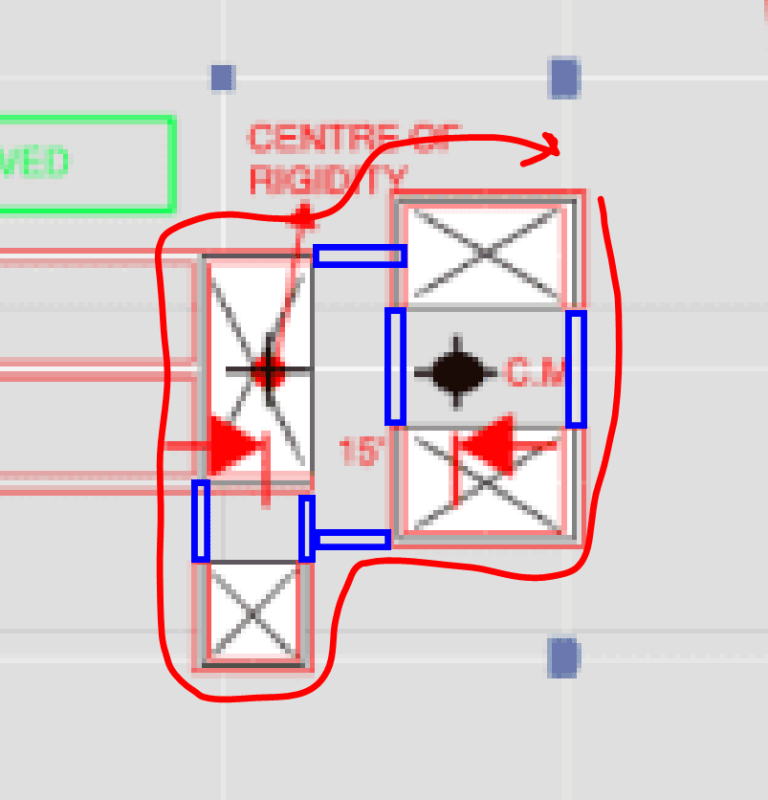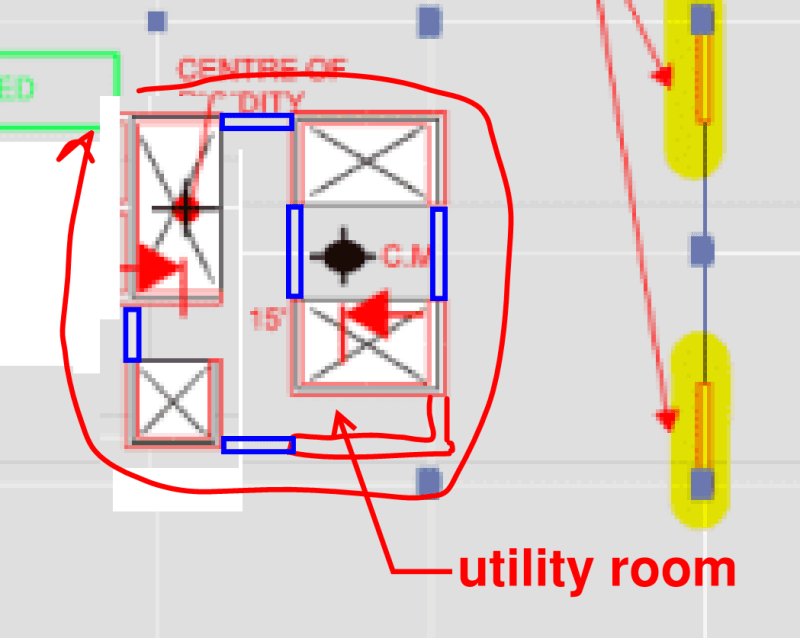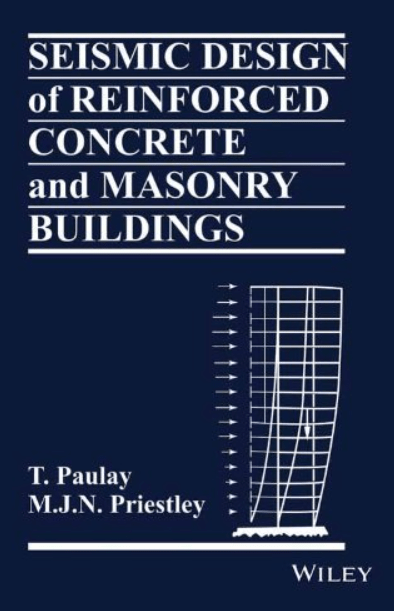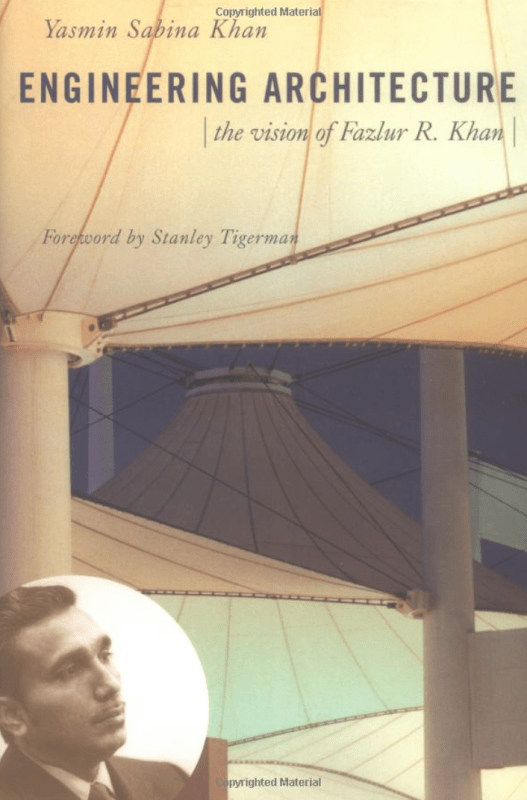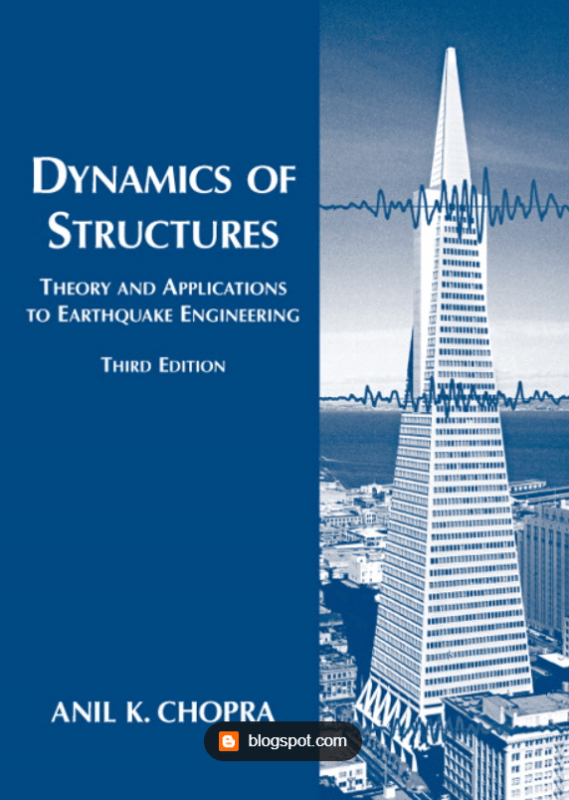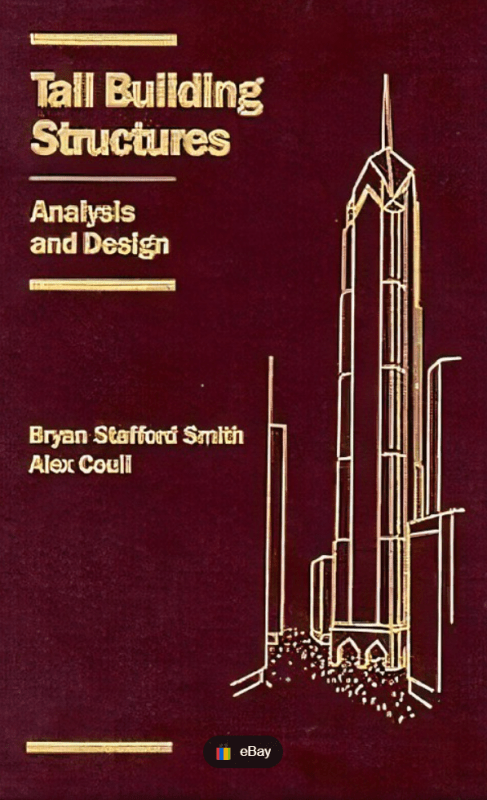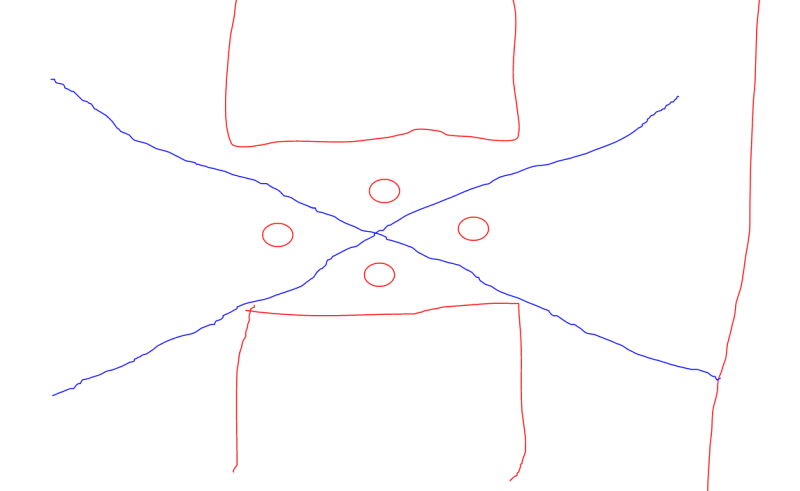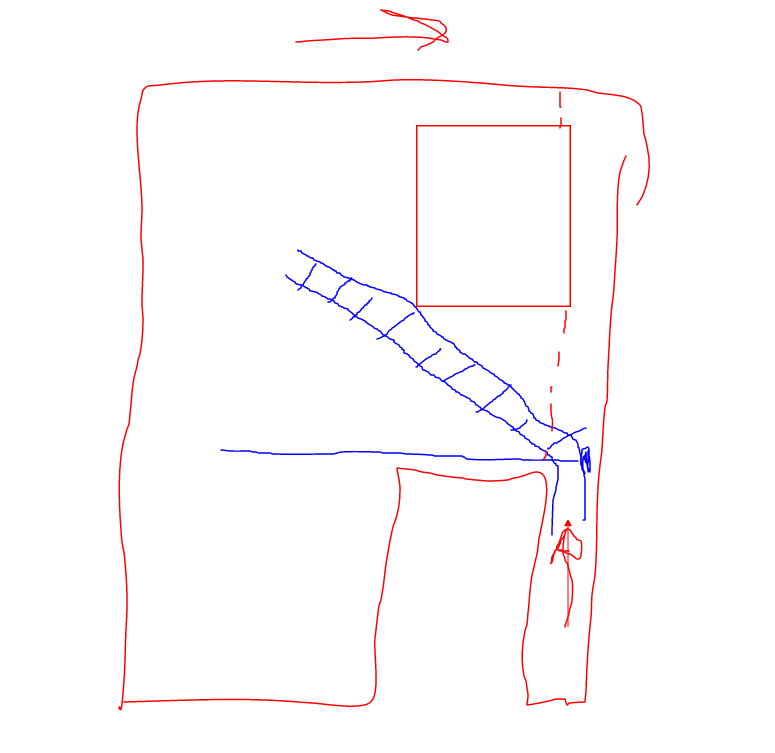Usman3301
Civil/Environmental
- Jul 11, 2019
- 48
Hi there,
It's going to be a long post but please bear with me. I am currently working on a multi-tower building with a common podium. For high-rise buildings, I am normally assigned the task of creating a finite element model with gravity loads properly applied so as to assist my senior, who takes over the model and carries out the dynamic analysis and from thereon to the design stage too. Meanwhile, I go back to working on other small residential projects.
The problem is, my senior is on a leave for two weeks and my boss told me to work on the project and see if the current framing system works in our case. Although we are in an initial phase, my Boss has a meeting with the Architect tomorrow to discuss the basic framing system and layout of shear walls. I am worried that the current layout of shear walls isn't appropriate, given that most of our shear walls are concentrated in one half (left portion) of the tower. I have tried a number of different layouts, which involve adding shear walls to the right of the tower, removing shear walls from the left of the tower as explained in the image attached. Also, I am quite concerned about the impact both the towers will have on a common podium. Both towers have different masses and layouts and I believe both towers, if not have fundamental mode as translational and also in the same direction, will be out of phase which will consequently create very very high demands on the podium level.
Adding to the discussion involving shear walls that have been added on the right to counter inherent torsion, there's no way I can add any shear wall to the right due to architectural constraint.
I haven't previously modeled a multitower building and this is my first one. Initially, I modeled both towers with a common podium. But when I studied the results (modal results), it became quite clear to me that something is very wrong. Therefore I decided to analyze both these towers individually. Upon analysis, it became clear to me that the left tower has a "translational mode" as the fundamental mode, meanwhile, the right tower's fundamental mode is torsional and the time period (5.15 sec)for the right tower is also very high given that tower height above podium is around 280 feet.
I have attached modal results and the basic layout of the right tower only.
Following are important parameters for this particular project:
Ss = 0.49
S1 =0.15
Seismic Design Category = D
Soil Profile = SD
Given the situation, kindly let me how I should go about this. I have to inform my boss whether our current configuration will work out or not.
If the current configuration isn't optimal, and there's a need to add shear walls to the right, I suspect the architect might have to re-do all his work. Therefore, kindly let me know if I am thinking correctly.
I have also attached the ETABS model for Right tower.
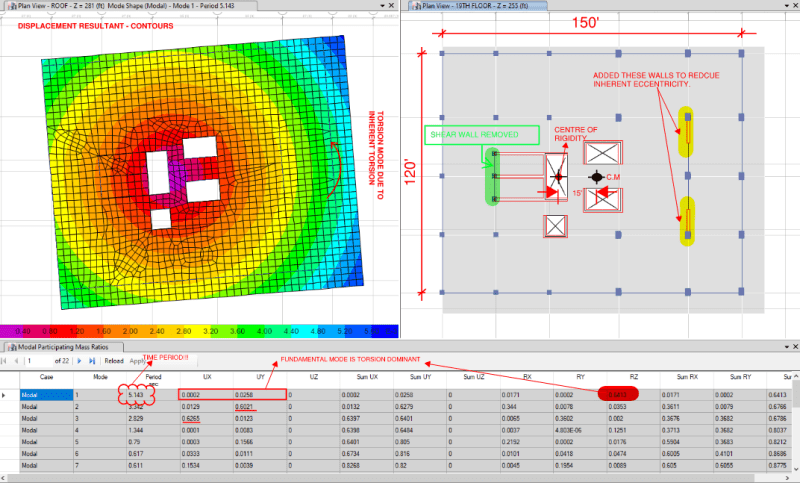
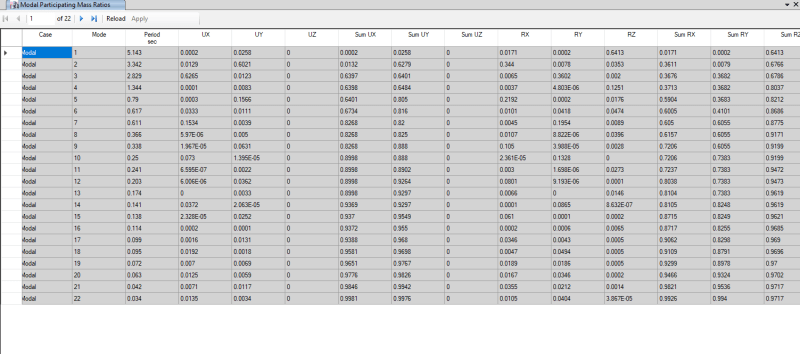
It's going to be a long post but please bear with me. I am currently working on a multi-tower building with a common podium. For high-rise buildings, I am normally assigned the task of creating a finite element model with gravity loads properly applied so as to assist my senior, who takes over the model and carries out the dynamic analysis and from thereon to the design stage too. Meanwhile, I go back to working on other small residential projects.
The problem is, my senior is on a leave for two weeks and my boss told me to work on the project and see if the current framing system works in our case. Although we are in an initial phase, my Boss has a meeting with the Architect tomorrow to discuss the basic framing system and layout of shear walls. I am worried that the current layout of shear walls isn't appropriate, given that most of our shear walls are concentrated in one half (left portion) of the tower. I have tried a number of different layouts, which involve adding shear walls to the right of the tower, removing shear walls from the left of the tower as explained in the image attached. Also, I am quite concerned about the impact both the towers will have on a common podium. Both towers have different masses and layouts and I believe both towers, if not have fundamental mode as translational and also in the same direction, will be out of phase which will consequently create very very high demands on the podium level.
Adding to the discussion involving shear walls that have been added on the right to counter inherent torsion, there's no way I can add any shear wall to the right due to architectural constraint.
I haven't previously modeled a multitower building and this is my first one. Initially, I modeled both towers with a common podium. But when I studied the results (modal results), it became quite clear to me that something is very wrong. Therefore I decided to analyze both these towers individually. Upon analysis, it became clear to me that the left tower has a "translational mode" as the fundamental mode, meanwhile, the right tower's fundamental mode is torsional and the time period (5.15 sec)for the right tower is also very high given that tower height above podium is around 280 feet.
I have attached modal results and the basic layout of the right tower only.
Following are important parameters for this particular project:
Ss = 0.49
S1 =0.15
Seismic Design Category = D
Soil Profile = SD
Given the situation, kindly let me how I should go about this. I have to inform my boss whether our current configuration will work out or not.
If the current configuration isn't optimal, and there's a need to add shear walls to the right, I suspect the architect might have to re-do all his work. Therefore, kindly let me know if I am thinking correctly.
I have also attached the ETABS model for Right tower.



